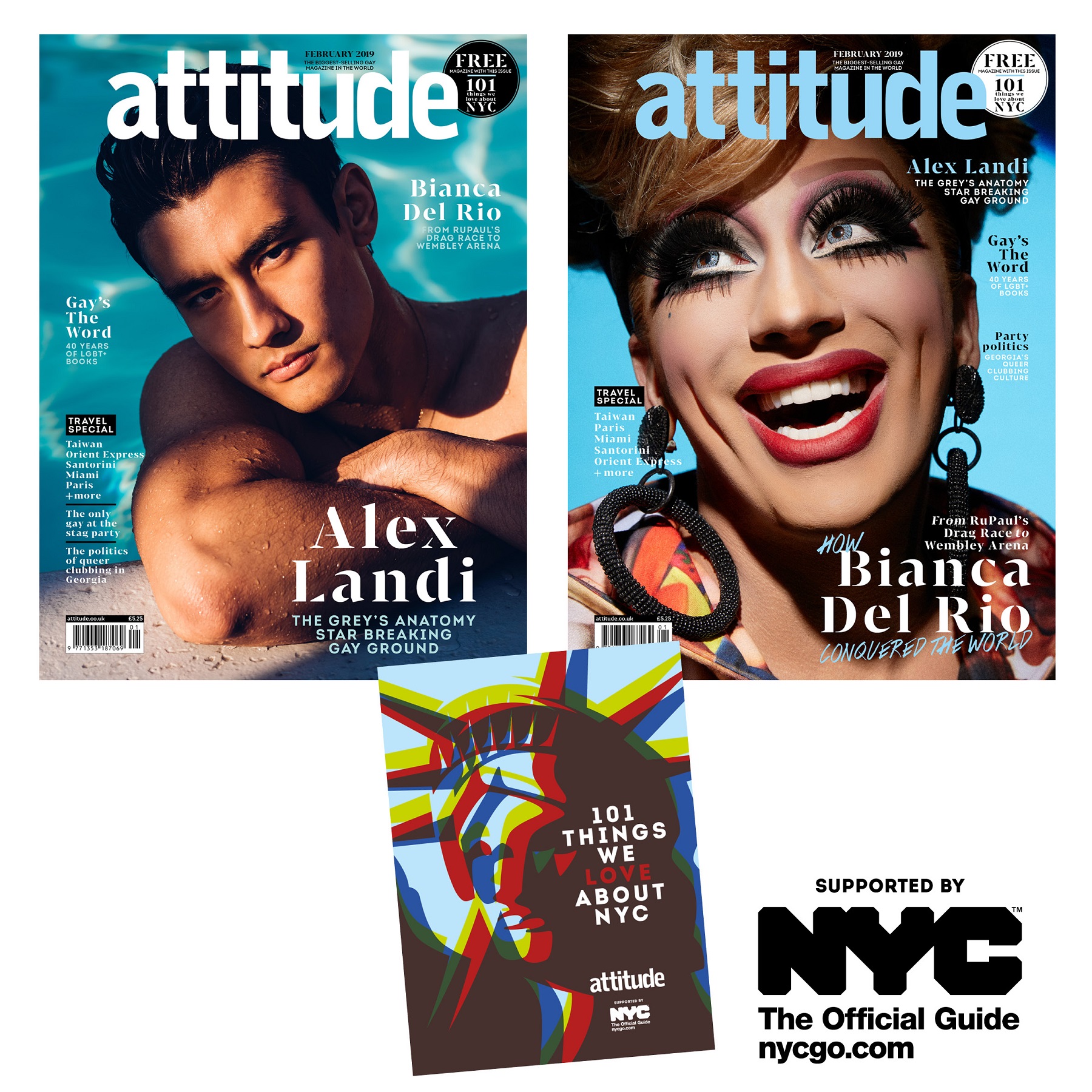Argentina’s capital has far more to offer the LGBT traveller than you might think, so we packed Markus Bidaux off to Buenos Aires
Our travel editor found intimate dancing, speakeasies and well-hung beef as he visited the famous city
By Steve Brown
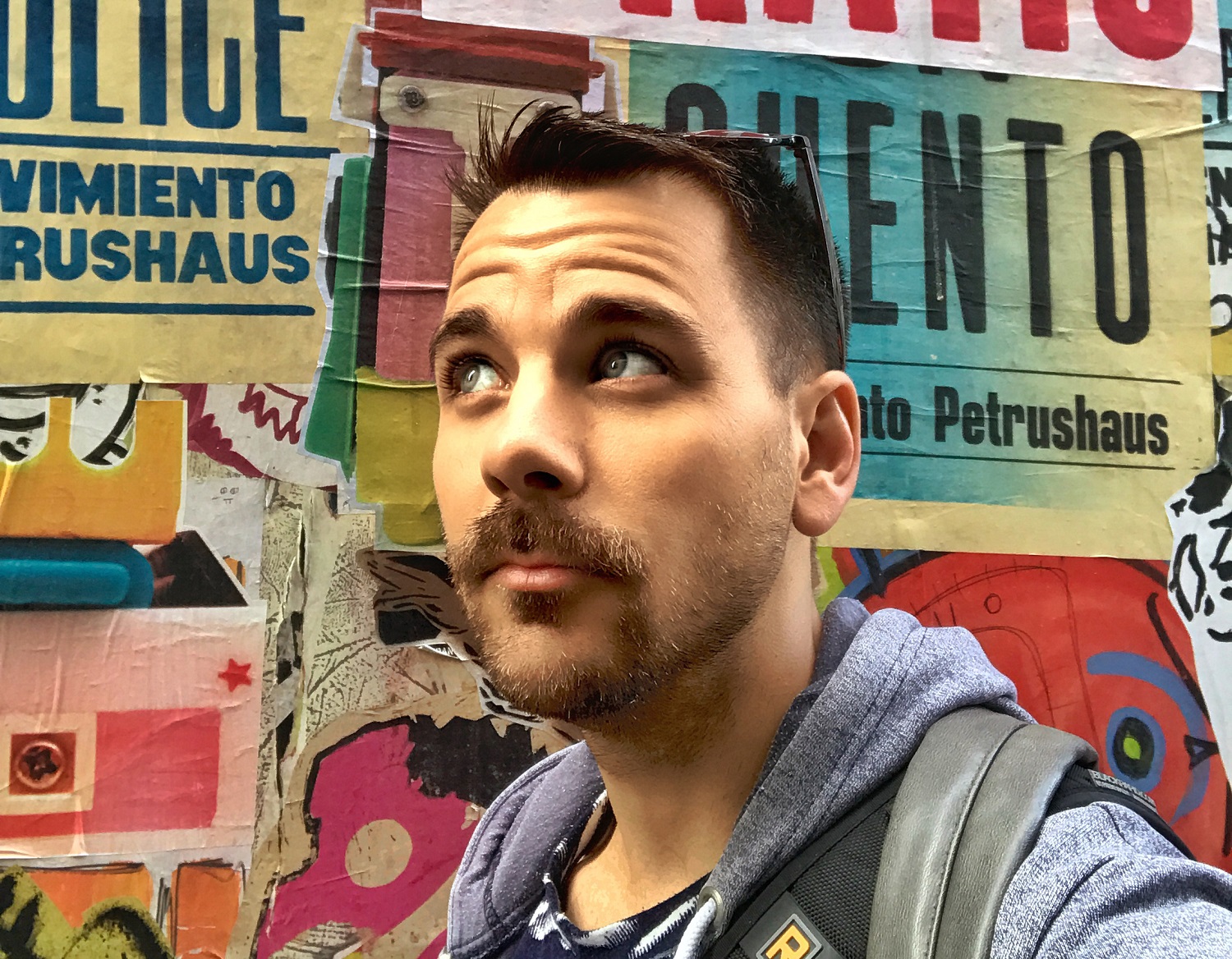
This article first appeared in Attitude 298 issue in July.
Their movements were slow and calculated and the intimacy was evident as the two men flowed with the rhythm, compelling the audience to watch them command the dancefloor.
The room was filled with music that I was told was from albums that were recorded between 1935 and 1955, the golden age of tango. I was at Buenos Aires’ Tango Queer, a LGBT-friendly milongas, or dance event, held every Tuesday night in the neighbourhood of San Telmo.
It is hosted in a lowly lit room, up a steep staircase. A bar sits in one corner and a large square dancefloor in the middle of the room is surrounded by tables and chairs.
The event starts with a lesson for newcomers, then dancers drift on and off the floor with various partners. After a few songs, Daniel and his dance partner Juampy took a break.
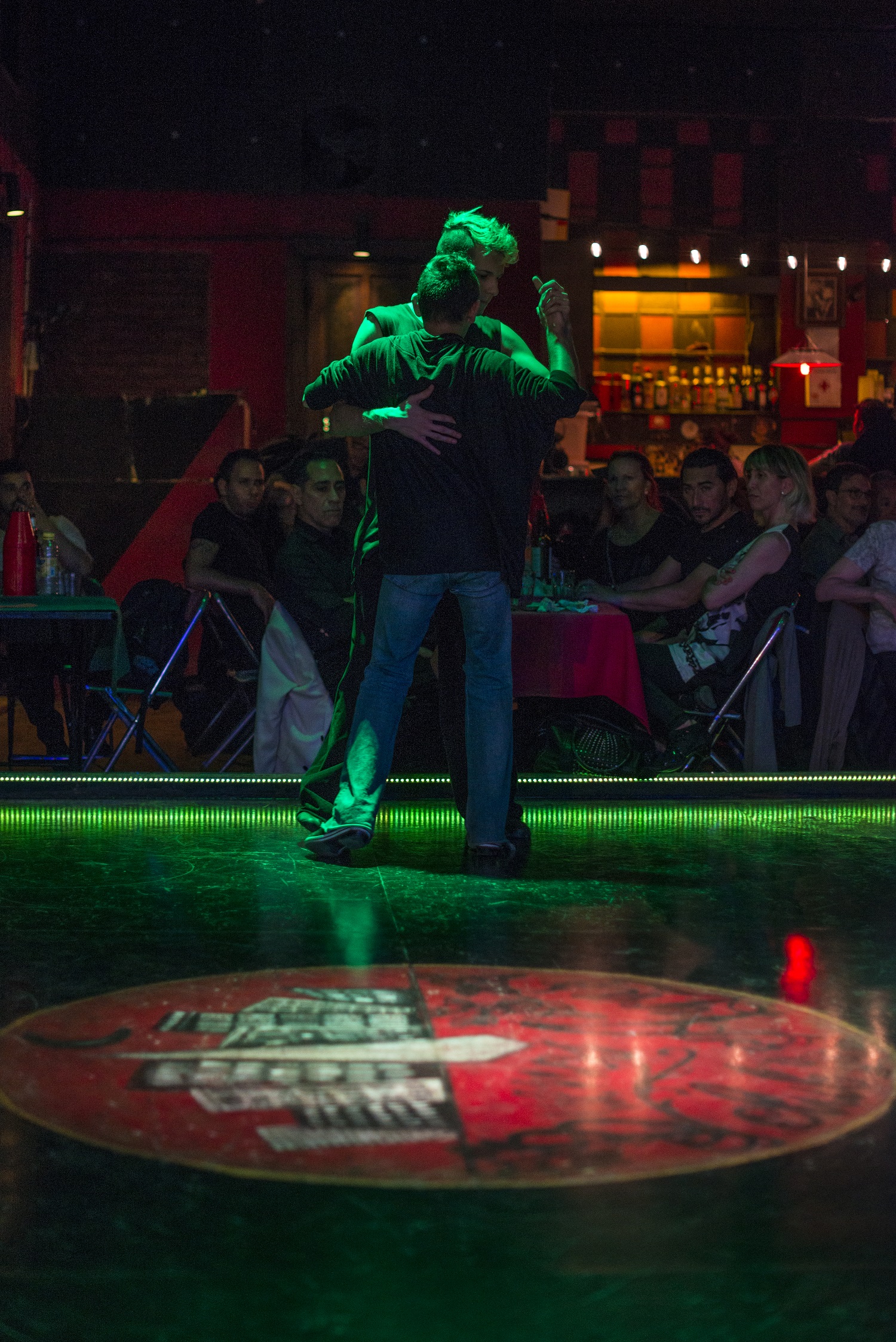
Daniel told me he has been dancing professionally for eight years and that he and Juampy have been tango partners for the past five. The boys are in their early twenties but they have already made a career for themselves, travelling to Europe to perform.
They have also begun competing in competitions in Buenos Aires where same-sex couples have been allowed to participate for the past three years. In 2016 they made the finals, but at their latest competition they did not fare as well.
“The jury was homophobic and would say things such as: ‘He dances like a girl’, rather than saying he is the follower,” Daniel explained, “But we still had a good time.”
Decades ago, when tango was at the height of its popularity, men danced together in the streets but it was more an act of machismo for the ladies watching than anything of a romantic nature.
Today, Daniel feels comfortable dancing with male partners at all the milongas across the city. After our conversation ends, the boys return to weaving between the other queer couples on the dancefloor.
When I wasn’t being a voyeur on the sidelines, I was searching out the Argentinian capital’s many speakeasies.
The Presidente has an inventive bar menu with gorgeous sushi, but those in the know, and who ask to see the library, will be taken through a secret passageway to a speakeasy serving classic cocktails, while Florería may just seem like a flower shop that stays open late at night.
But walk past the perfumed bouquets and ask the shopkeeper to let you into the basement to visit the bar and restaurant Floreria Atlántico. Here, more creative cocktails and a menu of tapas and larger dishes are on offer.
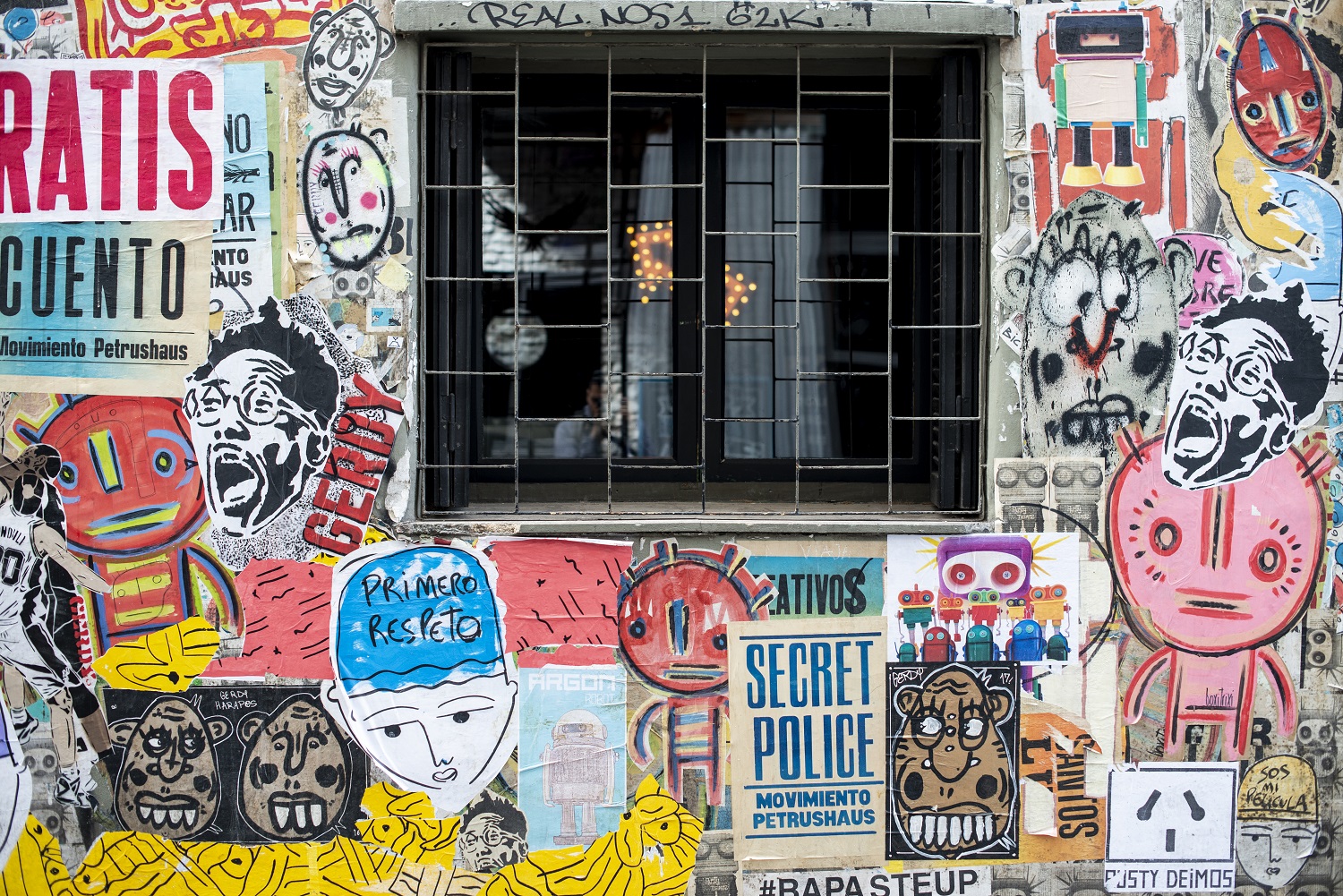
The long, skinny space is flanked by a bar on one side and a row of tables on the other; the bare concrete walls, beams and desk lamps on the walls give it a truly underground feel.
Most of the gay bars can be found in and around the Palermo neighbourhood, which has become one of the city’s most popular areas since gentrification kicked in 15 years ago.
Across several large blocks of shops and restaurants, it was almost entirely occupied by independent retailers giving the area a unique identity. Shopkeepers are incredibly friendly and the alleyways of the neighbourhood popped with colourful graffiti murals.
The area caters for all tastes, but meat lovers can’t go wrong at Don Julio, where beef is cooked on a massive parrilla (grill) in an open kitchen. I tried several cuts of Argentina’s most famous export and each steak was caramelised and soft.
My hotel, Legado Mitico, is also located in the area and a stone’s throw from two popular gay bars: Work, a gritty industrial-themed bar, and the supercamp Peutou.
Be prepared for late nights because the locals don’t start filling the bars until midnight. At night my room was quiet, and overlooked the hotel’s small private leafy courtyard that leads into a lounge with a well-stocked library.
Each room is styled on a famous Argentinian — I was in the Eva Peron room, tastefully decorated with portraits of her. Although long-gone, you can’t escape Eva in Buenos Aires.
She has her own museum and monument, there is street art depicting her, every gift shops sells her likeness on products, and some hotels even have shrines to her.
It reminded me of a recent trip to Havana where there are similar levels of Che Guevara’s image proliferate the city. When the film Evita opened, I remember the chorus of ‘Don’t Cry for Me Argentina’ being sung almost everywhere.
But when I went to her final resting place, La Recoleta — one of the most hauntingly beautiful cemeteries in the world — for a walking tour, my guide explained that the former first lady never actually spoke those words during her speech from the balcony of the president’s Casa Rosada, or Pink House.
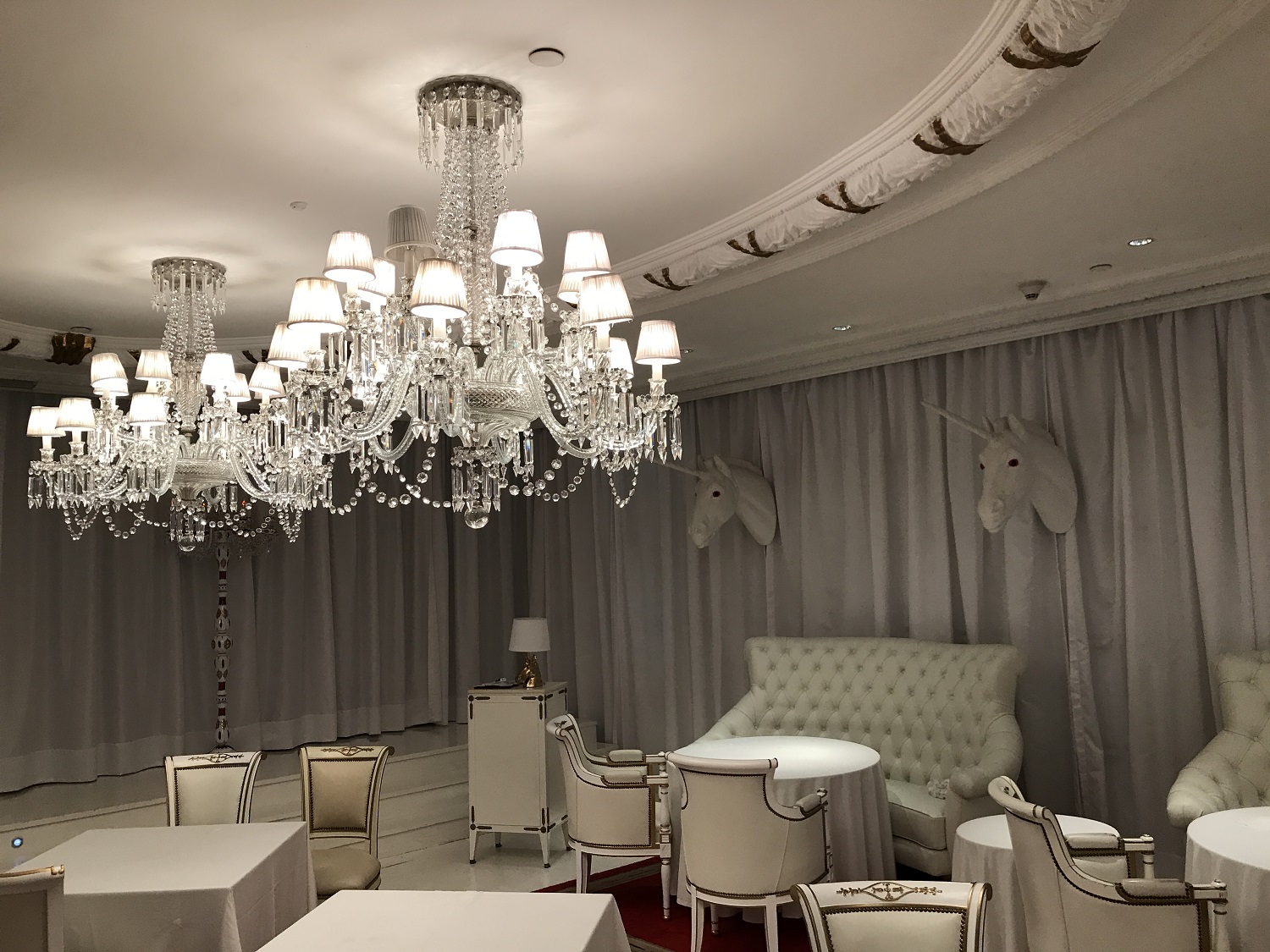
I asked the guide if she was a gay icon in Argentina like Princess Diana, but was told that while Eva has been portrayed by the likes of Madonna, and her speech writer happened to be a gay man, she isn’t considered an LGBT+ icon and didn’t do anything for the advancement of gay rights in her homeland.
I spent an afternoon visiting some neighbourhoods with Felipe Crevatini, who is responsible for the Buenos Aires tourist board’s LGBT+ focus, and one of the organisers of Buenos Aires Diversa, a week of queer cultural, sporting and business events held for the past four years.
“Buenos Aires is one of the most important destinations for LGBT+ tourists. We have the most LGBT+ activity of any South American country — bars, nightclubs, theatre and other cultural events,” he told me.
“Our Pride in November is still very political but we have many tourists who come here for it because we have a lot of parties at the weekend.
“We have had marriage equality since 2010 but now we fight for more equal treatment for transgender people because today they are not treated like gay or lesbian people, it is more difficult for them to find a job, so it is one of the most important things for us to achieve.”
One stop on our tour was a metro station. “For the past 20 years it has been OK to be gay in Buenos Aires because we had a representative who fought for our human rights: Carlos Jáuregui.”
He was the first president of the Argentine Homosexual Community in the 1970s, explained Felipe. Carlos also founded the Gays for Civil Rights association and in 1992 led the city’s first Pride march.
He died in 1996, but his legacy lives on with the metro station named in his honour. And it’s unlike any station I’ve seen.
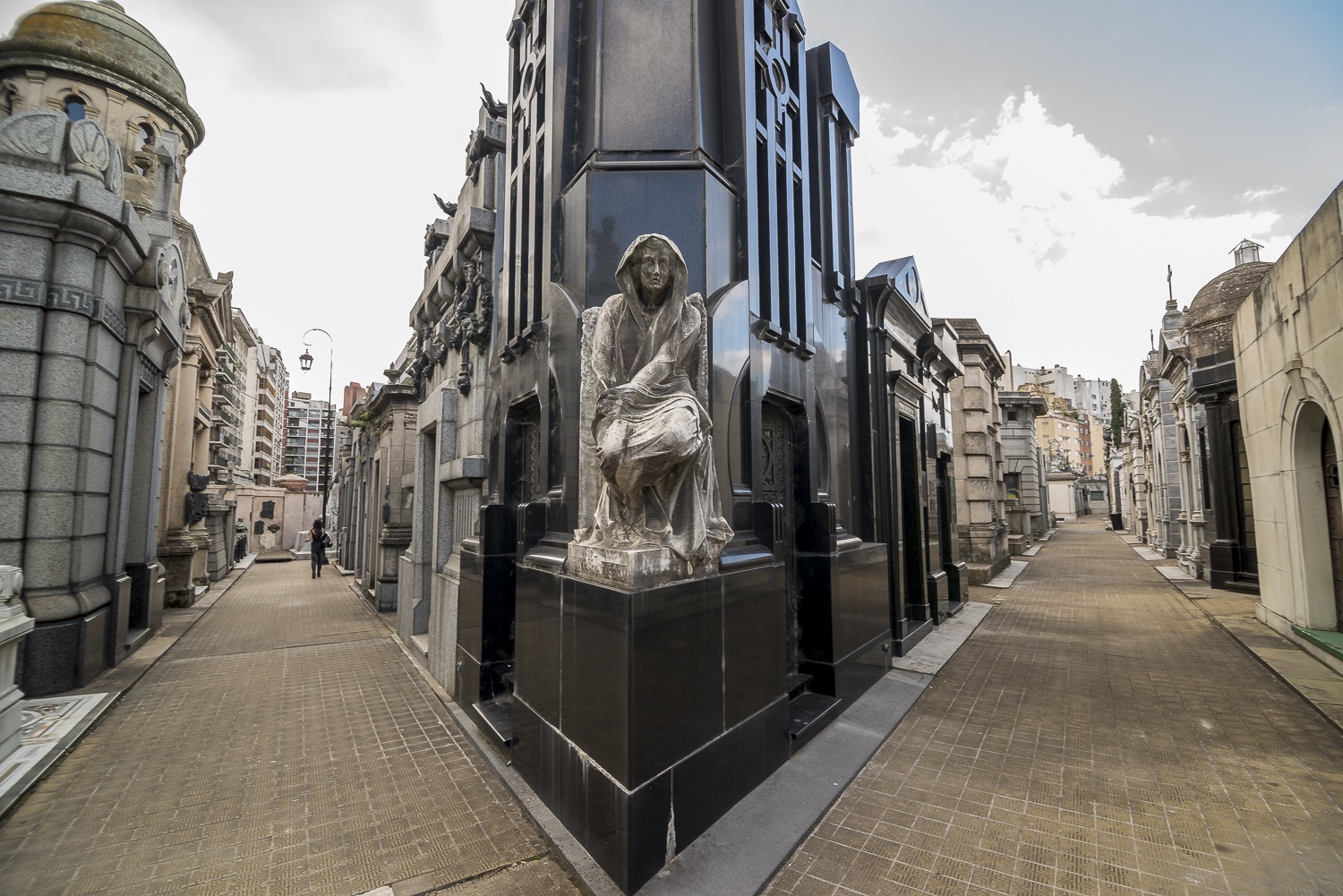
The steps are rainbow-patterned and there are colourful portraits of Carlos alongside images of drag queens, a lesbian wedding, a leather daddy and even a little blue PrEP pill.
The area was once the epicentre of the city’s gay scene but most of the gay bars are now in trendier neighbourhoods. On my final day, I explored San Telmo.
Its cobbled streets are lined with beautiful colonial buildings and leafy plazas. There are independent cafes on nearly every street, but I popped into the charming gay-run Pride Cafe for my caffeine fix.
The area is renowned for its antiques shops and on Sundays there is a huge antiques market.
For a bit of over-the-top glamour, visit the nearby Philippe Starck-designed Faena hotel with its swimming pool’s gold crown fountain and the Bistro Sur restaurant in a surreal white room with unicorn heads mounted on all the walls.
Buenos Aires is a city filled with life and history and after three days I’d barely scratched the surface of South America’s gay mecca. Maybe next time I’ll even work up the confidence to saunter on to the dancefloor.
In Attitude’s February Travel issue featuring Alex Landi and Bianca Del Rio on the cover – which is out now – we are also giving away a FREE 68-page travel guide 101 Things We Love About New York City, supported by nycgo.com (available with both print and digital editions).
Buy the February issue of Attitude now and take advantage of our best-ever subscription offers: 3 issues for £3 in print, 13 issues for £19.99 to download to any device.
